
Kilauea Visitor Center
Your gateway to the fiery heart of Hawaii, offering insights into volcanic wonders and cultural heritage.
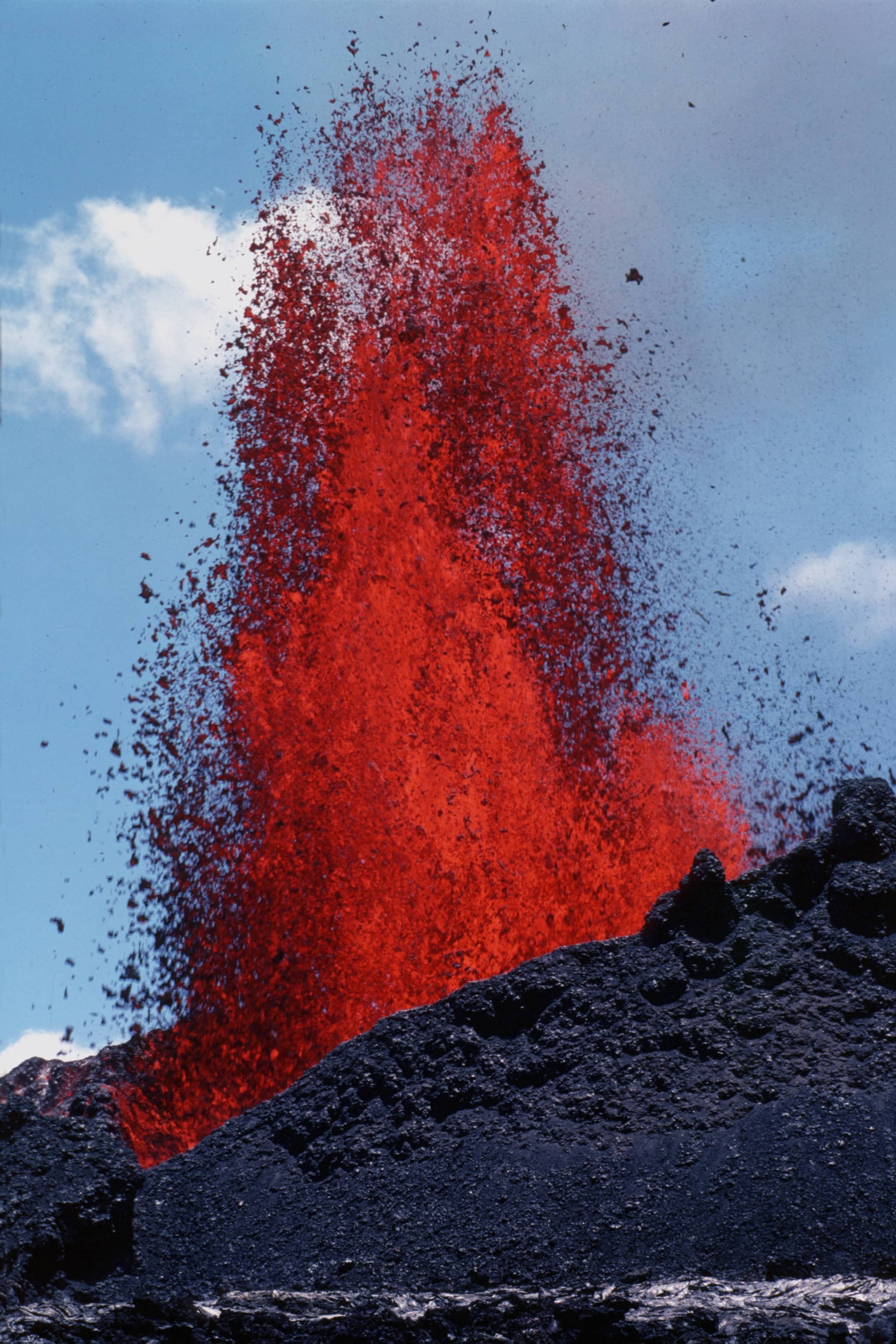
Highlights
Must-see attractions
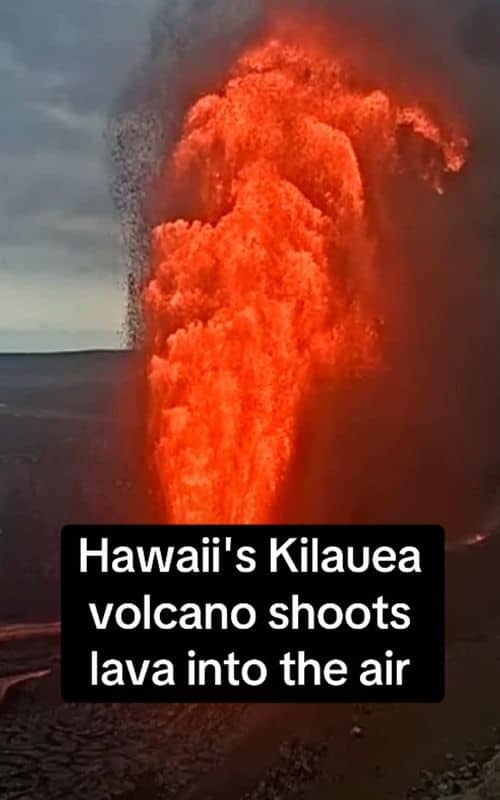
Social
From TikTok & Reddit
Best Time
Fewer crowds, more peaceful exploration.

Kilauea Visitor Center
Best Time
Fewer crowds, more peaceful exploration.

Highlights
Must-see attractions
Your gateway to the fiery heart of Hawaii, offering insights into volcanic wonders and cultural heritage.
"An unforgettable stop on the Big Island! The Kilauea Visitor Center is the perfect starting point."
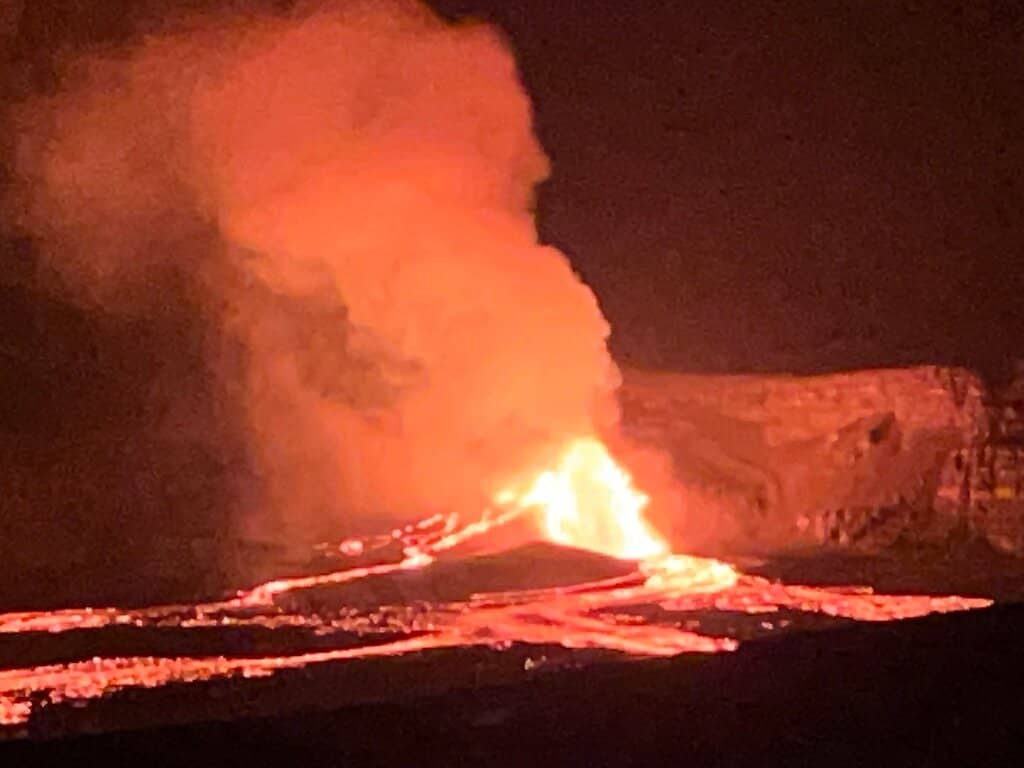
Check Eruption Status First
Always check the USGS HVO website or ask rangers for the latest eruption updates before visiting. :iphone:
Wear Sturdy Shoes
Lava fields are uneven. Good hiking boots are essential for safe exploration. :athletic_shoe:
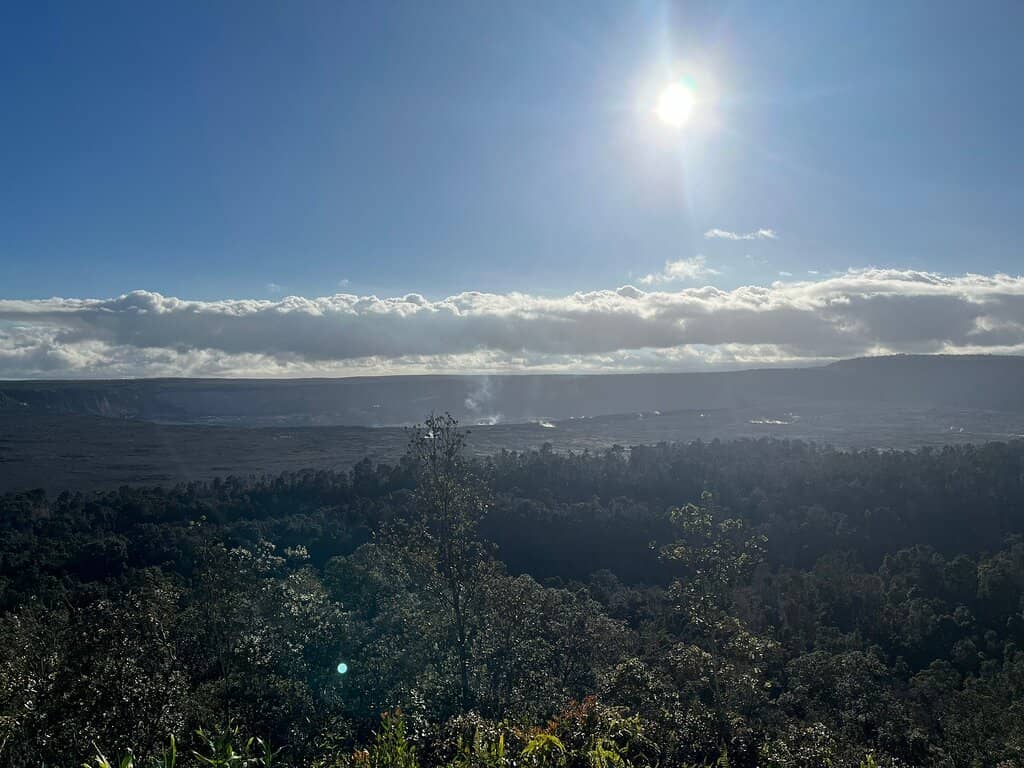
Highlights
Discover the most iconic attractions and experiences

Active Lava Eruptions
Halemaʻumaʻu Crater
Witness the raw power of Kilauea as it spews lava fountains, a truly unforgettable spectacle.
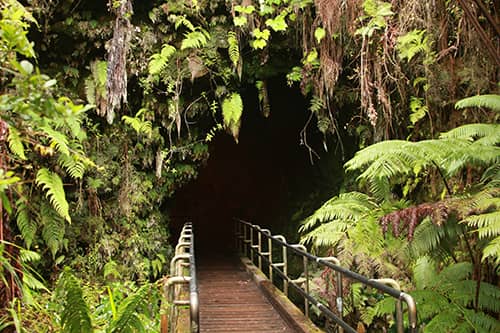
Thurston Lava Tube
Nahuku (Thurston Lava Tube)
Walk through a surreal, ancient lava tube, a glowing tunnel formed by molten rock.
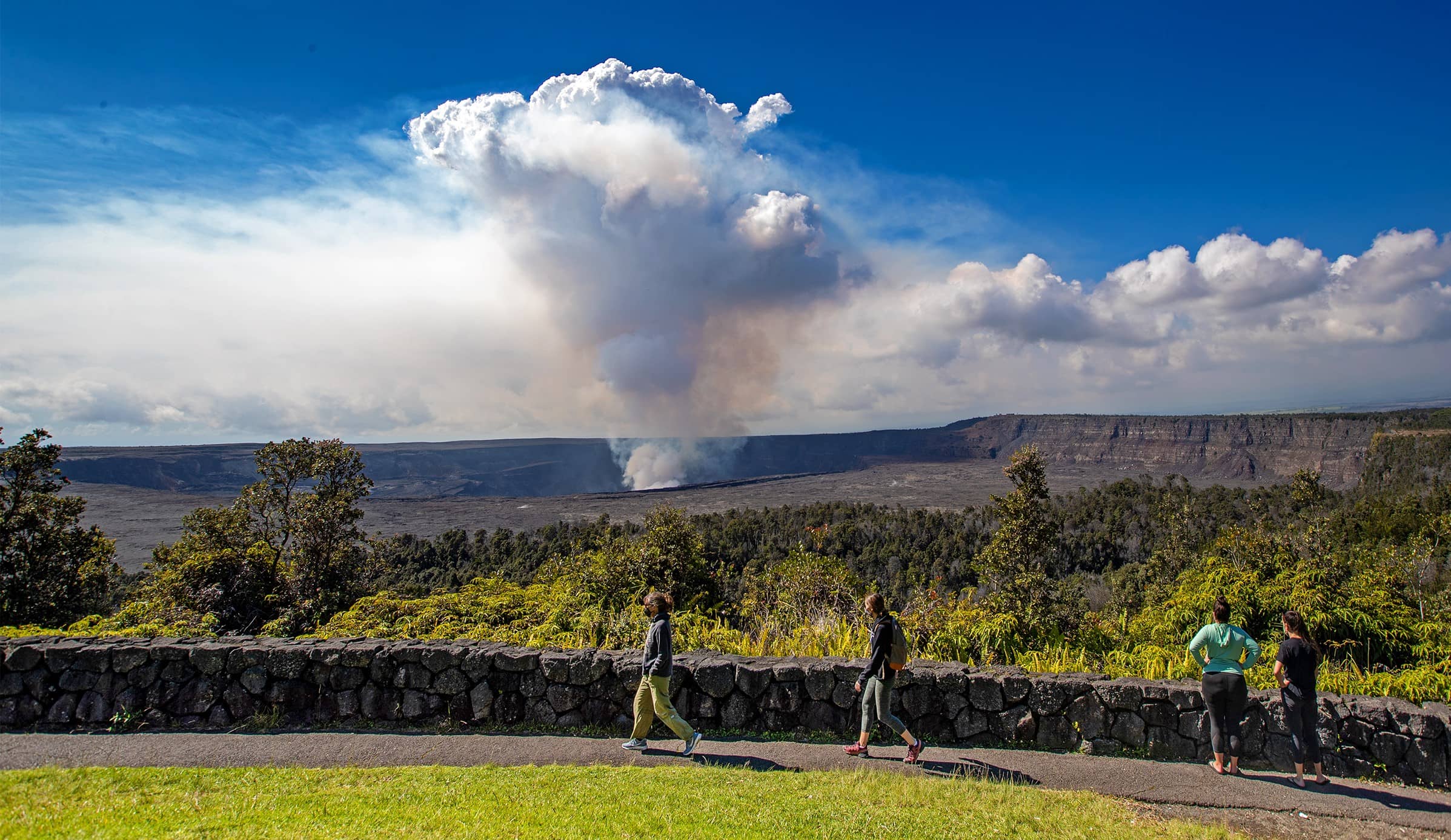
Crater Rim Trail Views
Near Kilauea Visitor Center
Enjoy stunning overlooks of the Kilauea caldera and surrounding volcanic landscapes.
Plans like a pro.
Thinks like you
Planning Your Visit
Start Your Adventure Here
Weather & What to Pack
Best Times
Insider Tips
from TikTok, Instagram & Reddit
Check Eruption Status First
Always check the USGS HVO website or ask rangers for the latest eruption updates before visiting. :iphone:
Wear Sturdy Shoes
Lava fields are uneven. Good hiking boots are essential for safe exploration. :athletic_shoe:
Pack Rain Gear
Volcanoes National Park can be rainy any time of year. Be prepared! :umbrella:
Bring Water & Snacks
Limited services inside the park. Stay hydrated and fueled for your adventures. :water_wave:
Tips
from all over the internet
Check Eruption Status First
Always check the USGS HVO website or ask rangers for the latest eruption updates before visiting. :iphone:
Wear Sturdy Shoes
Lava fields are uneven. Good hiking boots are essential for safe exploration. :athletic_shoe:
Pack Rain Gear
Volcanoes National Park can be rainy any time of year. Be prepared! :umbrella:
Bring Water & Snacks
Limited services inside the park. Stay hydrated and fueled for your adventures. :water_wave:
Respect the 'Aina
Stay on marked trails and do not disturb the natural environment. :pray:
What Travellers Say
Reviews Summary
Visitors consistently praise the Kilauea Visitor Center as an essential starting point for exploring Hawaii Volcanoes National Park, highlighting the knowledgeable staff and informative exhibits. The opportunity to witness active lava flows and explore unique geological features like lava tubes is a major draw, making it an unforgettable experience for many.
"An unforgettable stop on the Big Island! The Kīlauea Visitor Center is the perfect starting point for exploring Volcanoes National Park. The staff was friendly and super knowledgeable—they gave us great tips on current lava viewing spots, trail conditions, and weather updates.
The exhibits are informative and engaging, helping you understand the cultural and geological significance of the area. We visited on a weekday and had almost no wait. From the center, it’s a quick trip to the stunning overlooks and the Thurston Lava Tube—walking through that glowing tunnel was surreal!
If you’re heading here, definitely stop in first. Great place to get your bearings, refill water, and pick up maps or souvenirs. One of the most unique national parks in the world—don’t miss it!"
Tre Fess
"Definitely a must experience while visiting the big Island, Lava Tubes, Volcanoes, Lava Arches, Lava Fields, steam vents, Hiking, sight seeing and if you're lucky the volcanoe will have an episode while visiting. Its truly a beautiful place and there is nothing like it in the world."
Jason B
"The visitor center was nice. It was raining, though. When visiting Hawaii in the summer, all I think about is sunshine. If visiting the National Volcanoes Park, be aware that it may be raining."
Adriana Castillo
What People Like
What People Dislike
Frequently Asked Questions
🚇 🗺️ Getting There
To reach the Kilauea Visitor Center from Maui, you'll need to fly to the Big Island of Hawaii (Hilo International Airport - ITO or Ellison Onizuka Kona International Airport at Keāhole - KOA). From Hilo, it's about a 45-minute drive to Hawaii Volcanoes National Park. Renting a car is highly recommended for exploring the park and surrounding areas. :car:
Yes, it's possible to visit as a day trip from Maui, but it will be a very long day. You'll need to book an early morning flight to the Big Island and a late evening flight back to Maui. Factor in travel time to and from airports and within the park. :flight_departure:
From Hilo, take Highway 11 South towards Hawaiʻi Volcanoes National Park. The Kilauea Visitor Center is located just inside the park entrance. Follow signs for the visitor center. :road:
Currently, there are no regular shuttle services operating within Hawaii Volcanoes National Park. Renting a car is the most convenient way to get around and access different viewpoints and trailheads. :bus:
The Kilauea Visitor Center itself does not offer direct views of active lava eruptions. You'll need to drive to designated overlooks within Hawaii Volcanoes National Park, such as those along Crater Rim Drive, to witness the eruption. :camera:
🎫 🎫 Tickets & Entry
Yes, there is an entrance fee for Hawaii Volcanoes National Park. You can purchase a 7-day pass per vehicle. Consider an America the Beautiful Pass if you plan to visit multiple national parks within a year. :ticket:
The Kilauea Visitor Center typically operates daily, but hours can vary seasonally. It's best to check the official Hawaii Volcanoes National Park website for the most up-to-date information on hours and any potential closures. :clock:
The Kilauea Visitor Center is located within Hawaii Volcanoes National Park, so the park entrance fee applies. There is no separate fee to enter the visitor center itself once you are inside the park. :moneybag:
Absolutely! The Kilauea Visitor Center is the best place to pick up park maps, brochures, and get personalized recommendations from park rangers about trails, viewpoints, and current conditions. :map:
Discounts may be available for seniors, military, and those with disabilities. Check the National Park Service website for details on passes and potential discounts. :discount:
🎫 🌋 Onsite Experience
The visitor center features exhibits on the park's geology, volcanic activity, cultural history, and native flora and fauna. You can learn about Pele, the Hawaiian volcano goddess, and the formation of the islands. :earth_americas:
The best viewing spots for active lava flows are typically along Crater Rim Drive, especially near Halemaʻumaʻu crater. Always check with park rangers for the most current and safest viewing locations, as conditions can change rapidly. :fire:
Popular hikes include the Kilauea Iki Trail (3.2 miles, moderate) for crater views, the Thurston Lava Tube (short, easy walk), and parts of the Crater Rim Trail. Always check trail conditions before you go. :hiking_boot:
Yes, the Kilauea Iki Trail allows you to hike across the solidified floor of the Kilauea Iki crater, offering a unique perspective of the volcanic landscape. It's a moderate 3.2-mile loop. :walking:
Steam vents are areas where volcanic heat causes groundwater to turn into steam, escaping through the ground. Sulfur banks are areas where volcanic gases release sulfurous compounds, often creating a distinct smell and colorful deposits. :steam_locomotive:
🍽️ 🍽️ Food & Dining
Yes, there is a restaurant located at the Volcano House hotel, which offers dining with views of the Kilauea caldera. It's a great spot to enjoy a meal while taking in the scenery. :restaurant:
The Volcano House restaurant serves American cuisine. For more options, you'll find a few local eateries and cafes in the nearby village of Volcano, just outside the park entrance. :forkandknife:
Yes, you are welcome to bring your own food and drinks into Hawaii Volcanoes National Park. There are picnic areas available, and it's a good idea to pack plenty of water, especially if you plan on hiking. :sandwich:
The Kilauea Visitor Center typically has a gift shop that may offer some snacks and beverages, but it's not a full-service cafe. It's best to bring your own provisions or plan to eat at the Volcano House or in Volcano village. :coffee:
For budget-friendly options, packing your own picnic is the best bet. Alternatively, explore the local eateries in Volcano village for more casual and affordable meals. :moneywithwings:
📸 📸 Photography
Iconic photo spots include the Kilauea caldera overlooks, the Thurston Lava Tube, Chain of Craters Road viewpoints, and any active lava flow areas (from a safe distance!). Sunrise and sunset can offer dramatic lighting. :camerawithflash:
Always maintain a safe distance from active lava flows and be aware of volcanic gases. Follow park ranger instructions and stay behind any barriers. The glow from eruptions can be photographed at night from designated viewpoints. :warning:
A wide-angle lens is great for capturing the vast landscapes, while a telephoto lens can be useful for zooming in on distant lava flows or wildlife. A sturdy tripod is helpful for low-light conditions and long exposures. :tripod:
Yes, the Opae Ula shrimp display at the Kilauea Visitor Center is a unique subject for macro photography. Be mindful of reflections on the tank and adjust your settings accordingly. :shrimp:
Generally, personal photography is allowed. However, commercial photography and drone usage may require permits. Always respect posted signs and park regulations. :noentrysign:
For Different Travelers
Tailored advice for your travel style
👨👩👧 Families with Kids
Remember to pack plenty of snacks and water, as food options within the park are limited. Dress in layers, as the weather can change quickly, and ensure everyone has comfortable, closed-toe shoes for walking on uneven terrain. Keep a close eye on children, especially near overlooks and on trails. :family_ww:
🚶♀️ Hikers & Nature Enthusiasts
Nature enthusiasts will appreciate the unique flora and fauna adapted to the volcanic environment. Keep an eye out for native birds and the resilient plant life that colonizes the lava fields. Remember to practice Leave No Trace principles to preserve the park's delicate ecosystem. :hiking_boot:
📸 Photographers
Don't miss the Thurston Lava Tube for unique interior shots, and the diverse landscapes along Chain of Craters Road. A wide-angle lens is useful for grand panoramas, while a telephoto lens can help capture details of distant lava flows or wildlife. A tripod is highly recommended for low-light conditions and capturing the glow of eruptions. :camerawithflash:
Deep Dives
In-depth insights and expert knowledge
Witnessing Kilauea's Eruptions
When an eruption is active, park rangers will update visitors on safe viewing distances and potential hazards like vog (volcanic smog) and toxic gases. It's essential to heed their advice and stay within designated areas. The glow of lava at night is particularly mesmerizing, offering a stark contrast to the dark volcanic landscape.
Remember that eruptions are dynamic and can change rapidly. While the visitor center is a great starting point, always consult the USGS Hawaiian Volcano Observatory (HVO) website for the most accurate and up-to-date scientific information regarding volcanic activity.
Exploring the Volcanic Landscapes
One of the most iconic features is the Thurston Lava Tube (Nahuku), a massive tube formed by flowing lava that you can walk through. The experience of being inside this ancient conduit, with its damp, cool air and unique formations, is truly unforgettable.
Beyond the main attractions, Chain of Craters Road winds down to the coast, showcasing different lava flows from past eruptions and ending at the Hōlei Sea Arch. The park's landscapes are constantly evolving, shaped by ongoing volcanic activity, making each visit a potentially new experience.
Cultural Significance of Kilauea
The Kilauea Visitor Center often features exhibits that touch upon the cultural history and traditions of the Hawaiian people, their relationship with the volcano, and the importance of respecting the 'aina (land). Learning about these connections can provide a more meaningful visit.
Visitors are encouraged to be respectful of the sacredness of the land and to follow guidelines that protect both the natural environment and its cultural heritage. This includes staying on marked trails and not disturbing any natural or cultural artifacts.





Social
from TikTok, Instagram & Reddit